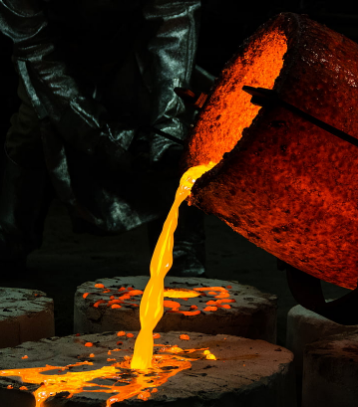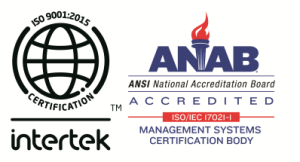A high-quality casting is considered suitable for its intended application or function at the least expensive level. At every stage of the casting process, quality control procedures are necessary to maintain high standards. Let us look at when the quality control methods in sand casting foundry are applied.
Raw Materials: It’s crucial to evaluate the raw materials to ensure they fulfill the specified quality standards before the sand casting process even starts.
Sand Moulds: A sand mold’s ability to endure the casting process and produce the intended component is checked.
Castings That Have Been Completed: After melting, pouring, heat treating, secondary machining, and surface treatment, the castings are checked for accuracy and finish to ensure they adhere to the customer’s specifications.
What Quality Control Techniques Are Applied to Parts Made by Sand Casting?
To maintain excellent quality throughout the sand casting process, the following kinds of quality control techniques can be applied:
Visual Inspections: To check for cracking, tearing, distortion, holes, or voids in the casting, quality control specialists employ visual inspection procedures.
Inspection of Metallurgical and Mechanical Properties: Chemical composition and alloy property testing is done in the foundry’s metallurgy lab. The metal has been mechanically tested to ensure that it satisfies the specifications for hardness, tensile strength, yield strength, and load-bearing capacity might consist of testing of hardness, including the Brinell test or Rockwell hardness, tensile, and load-bearing capability. Destructive testing, non-destructing test, inspection, and a few other testing methods are used before finally being used for dies and spare parts.




